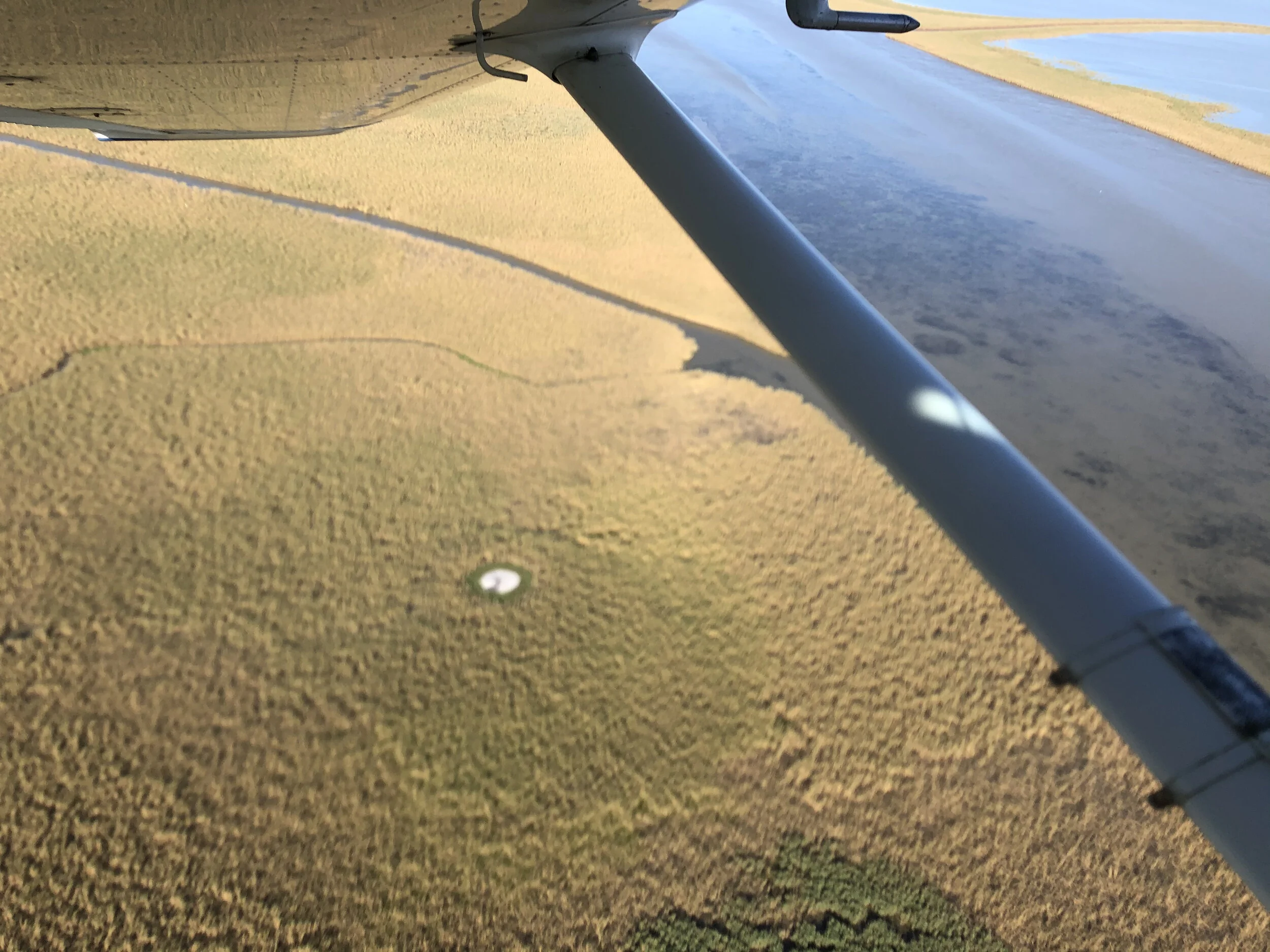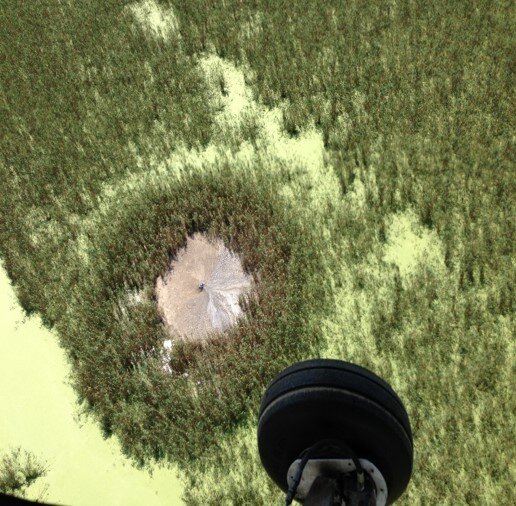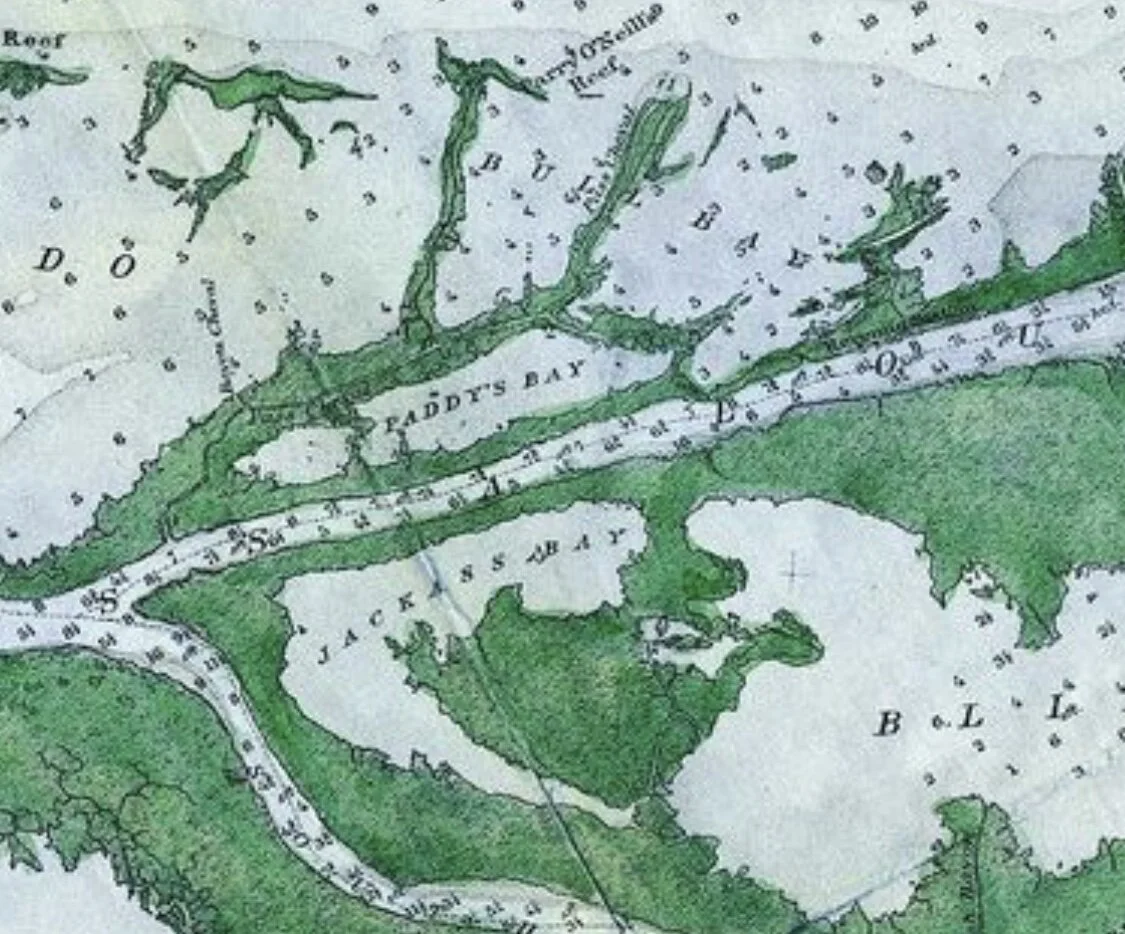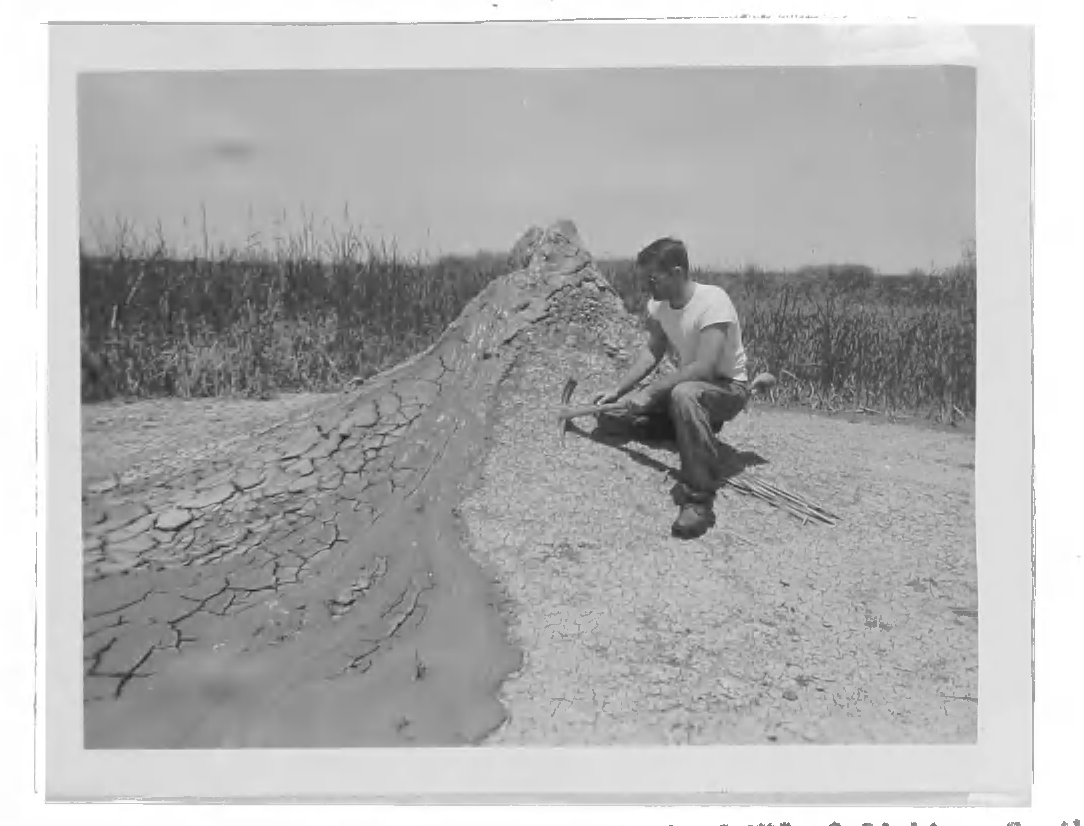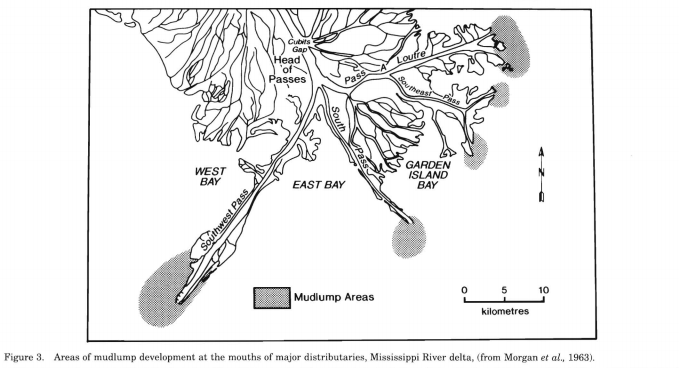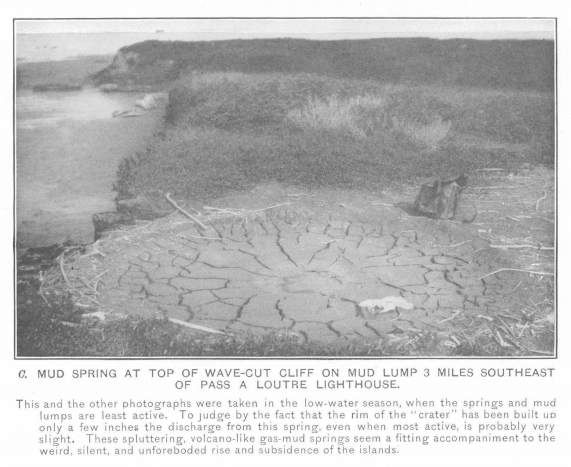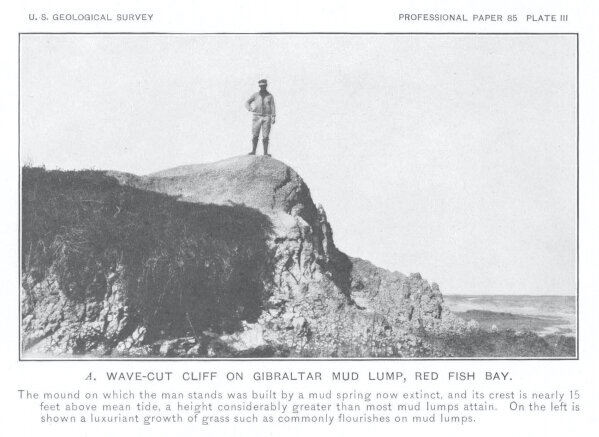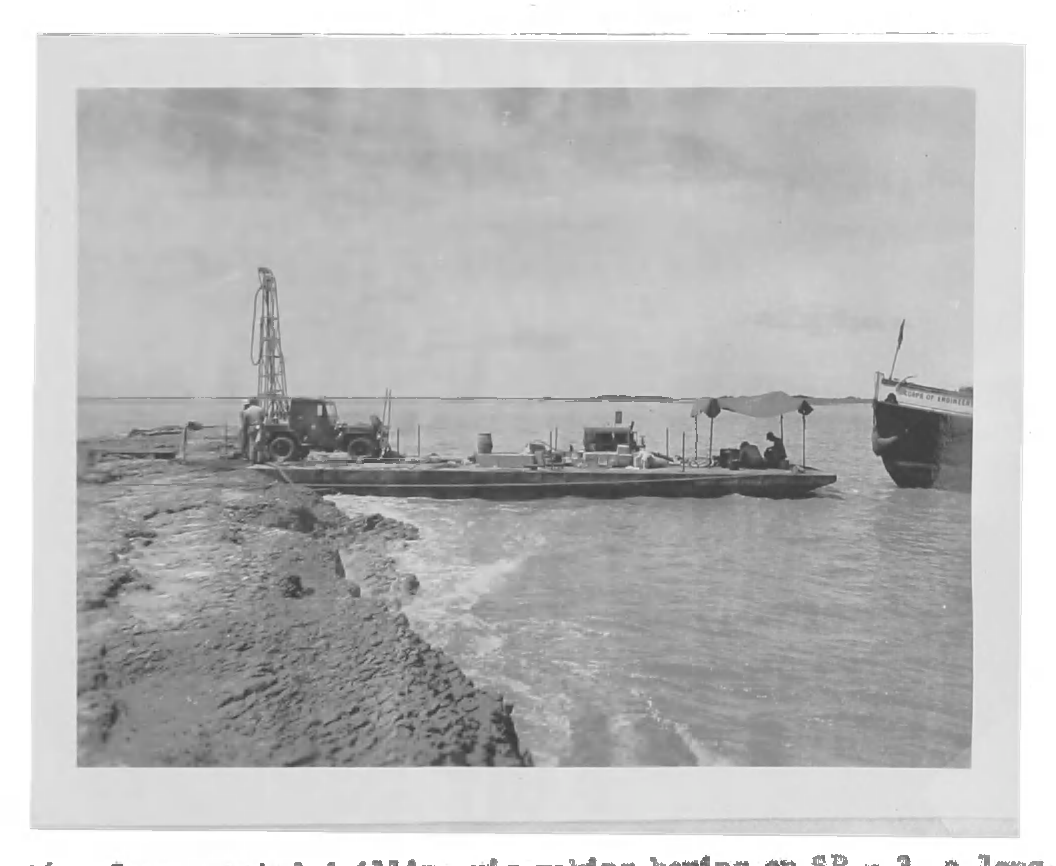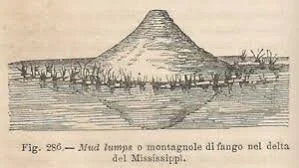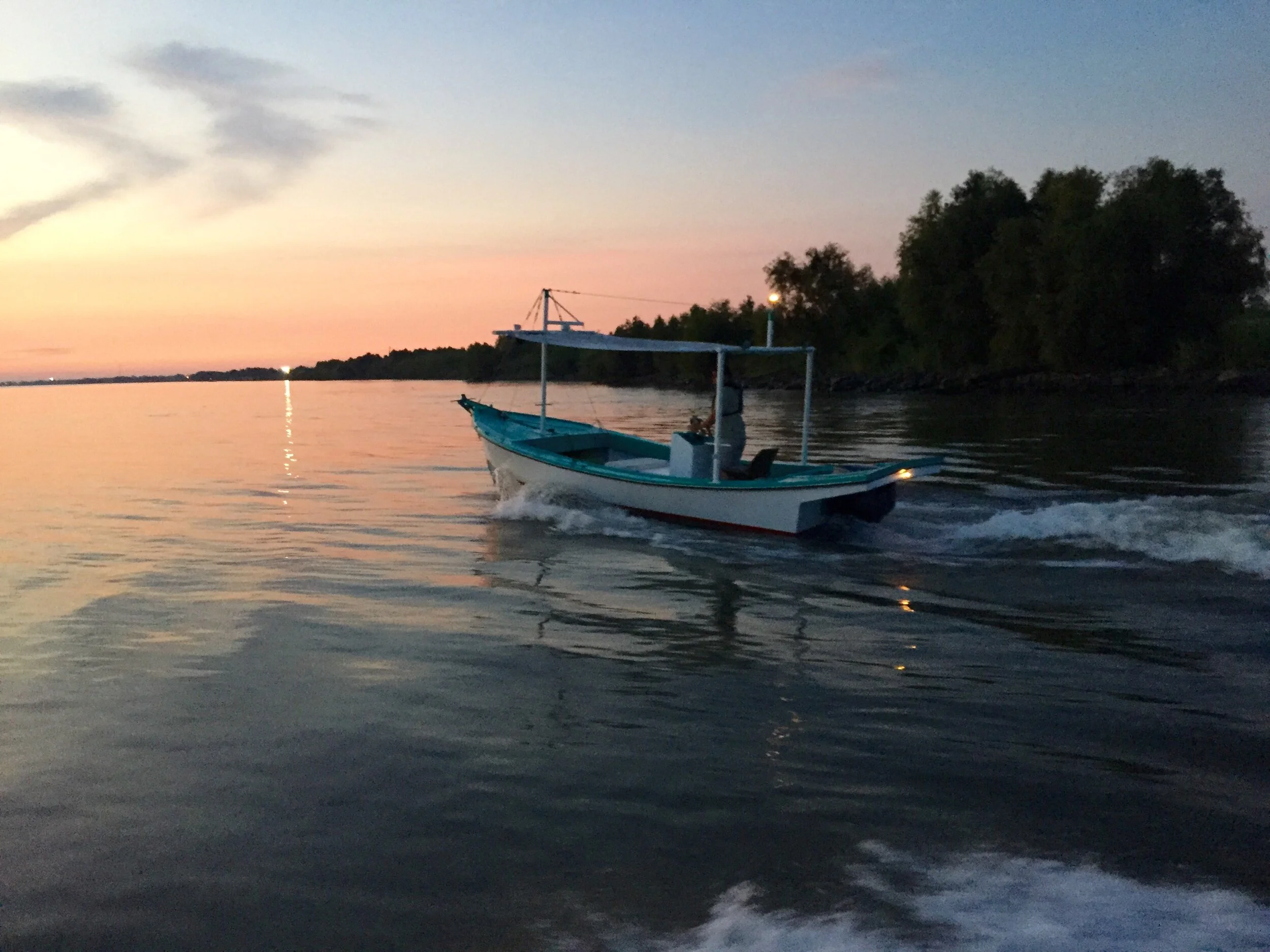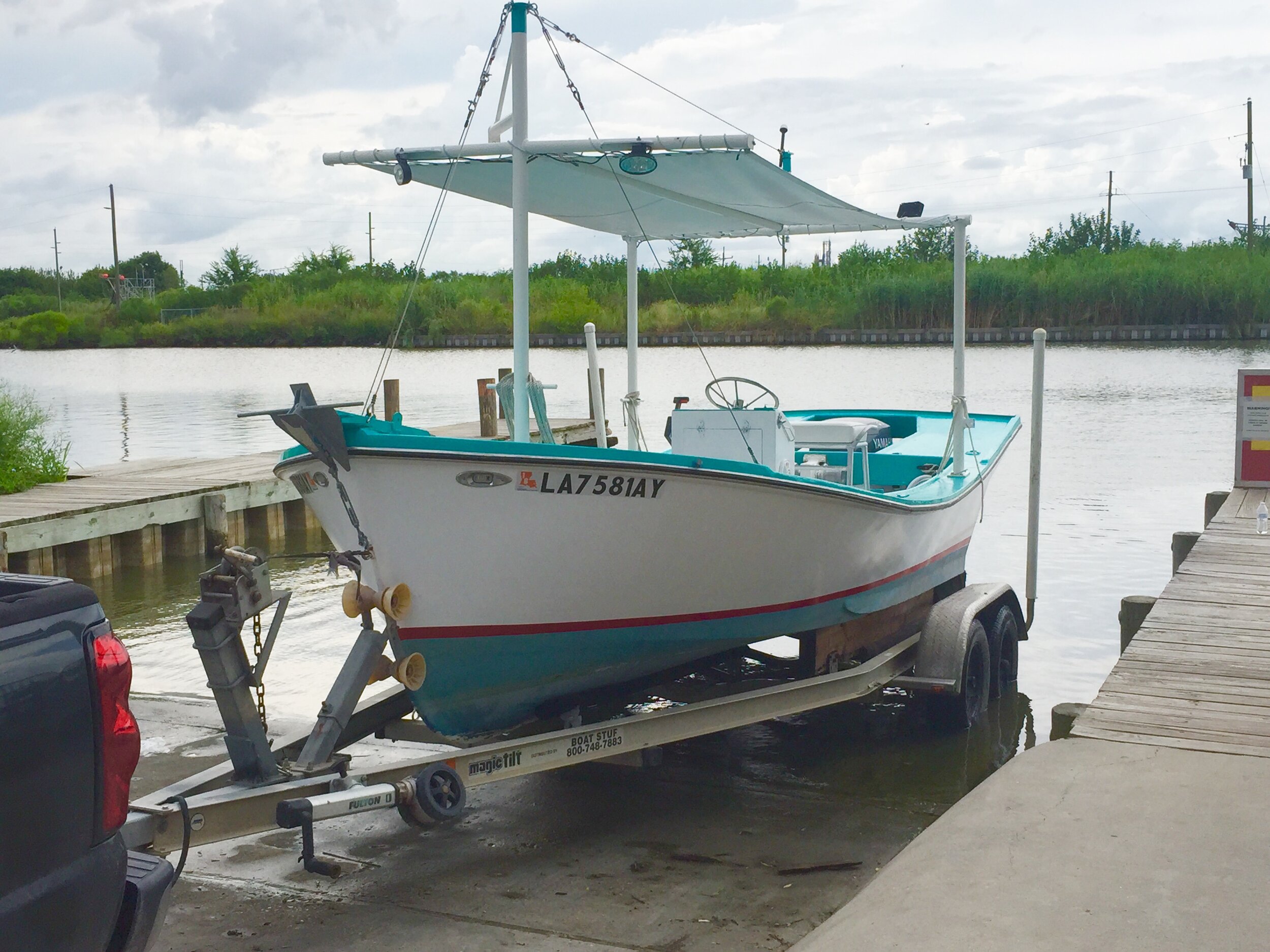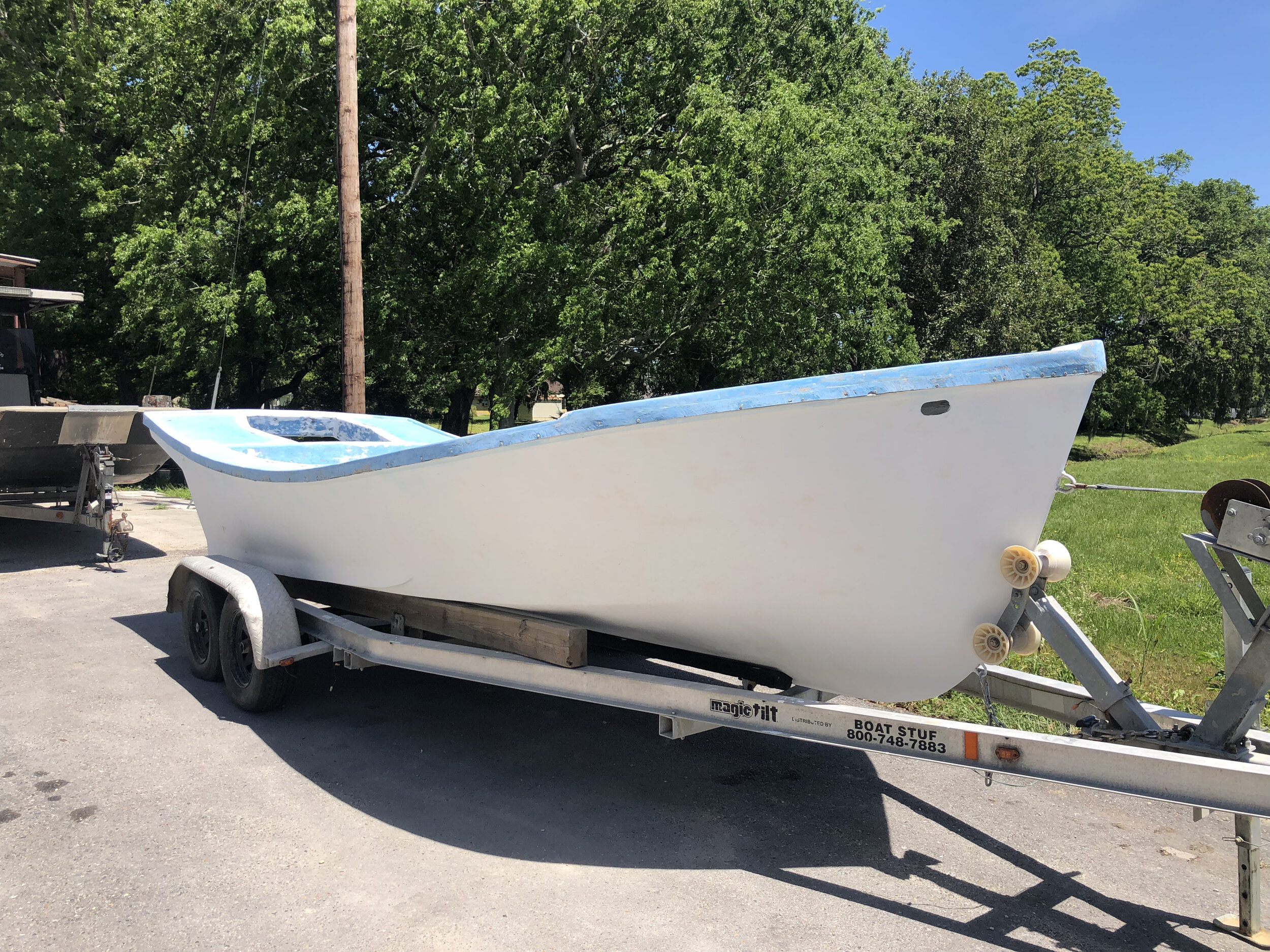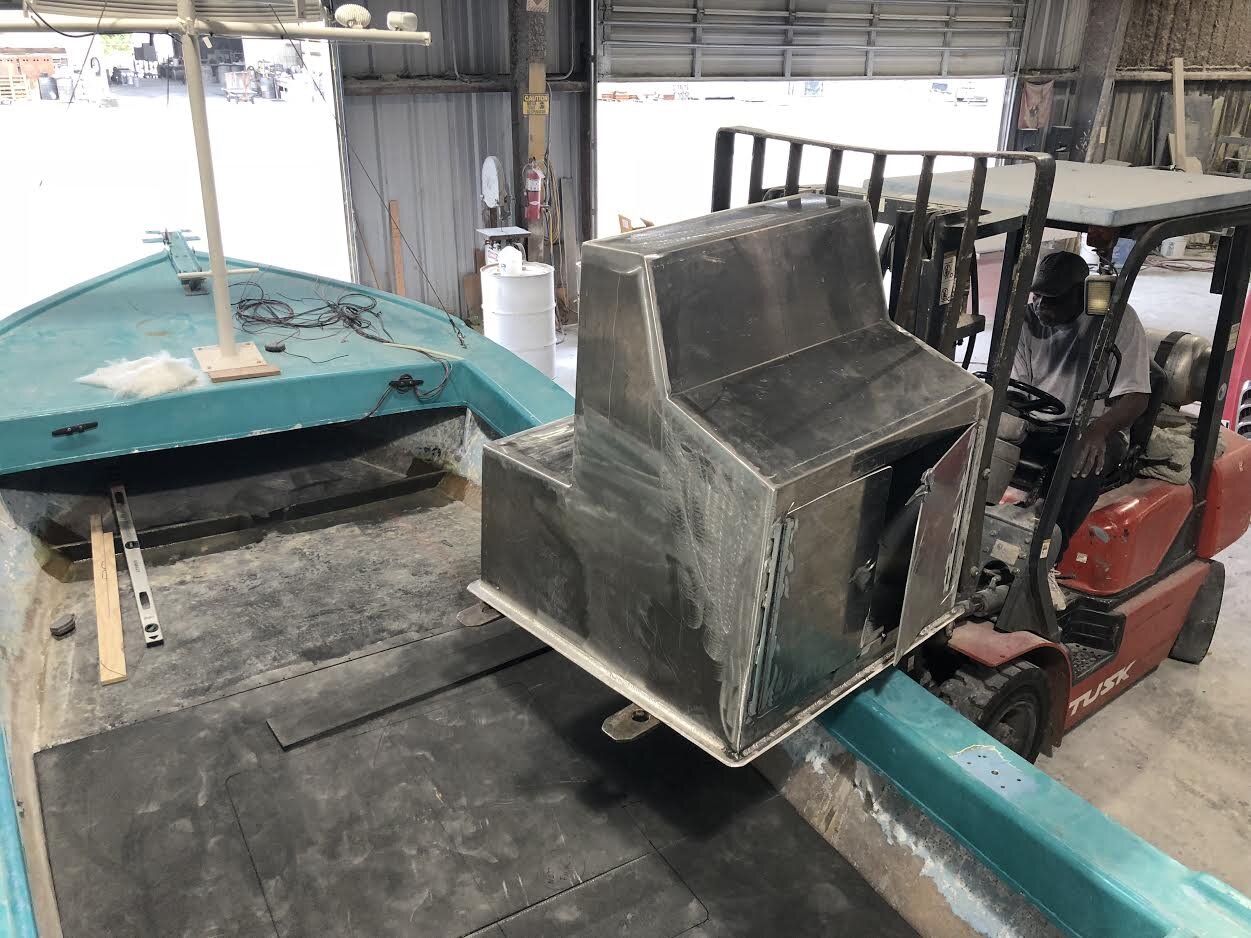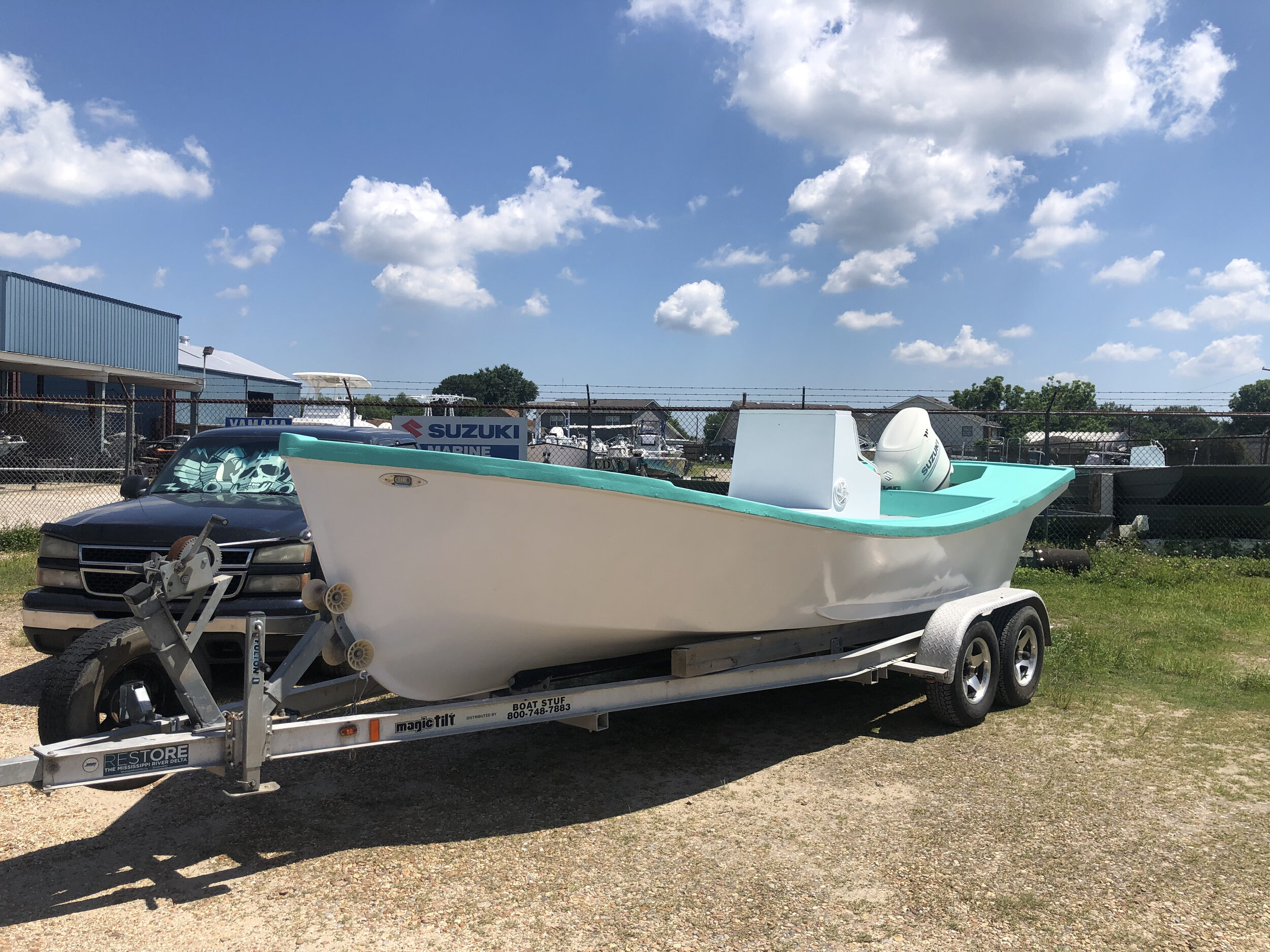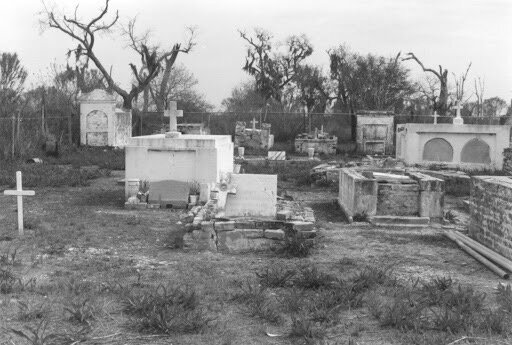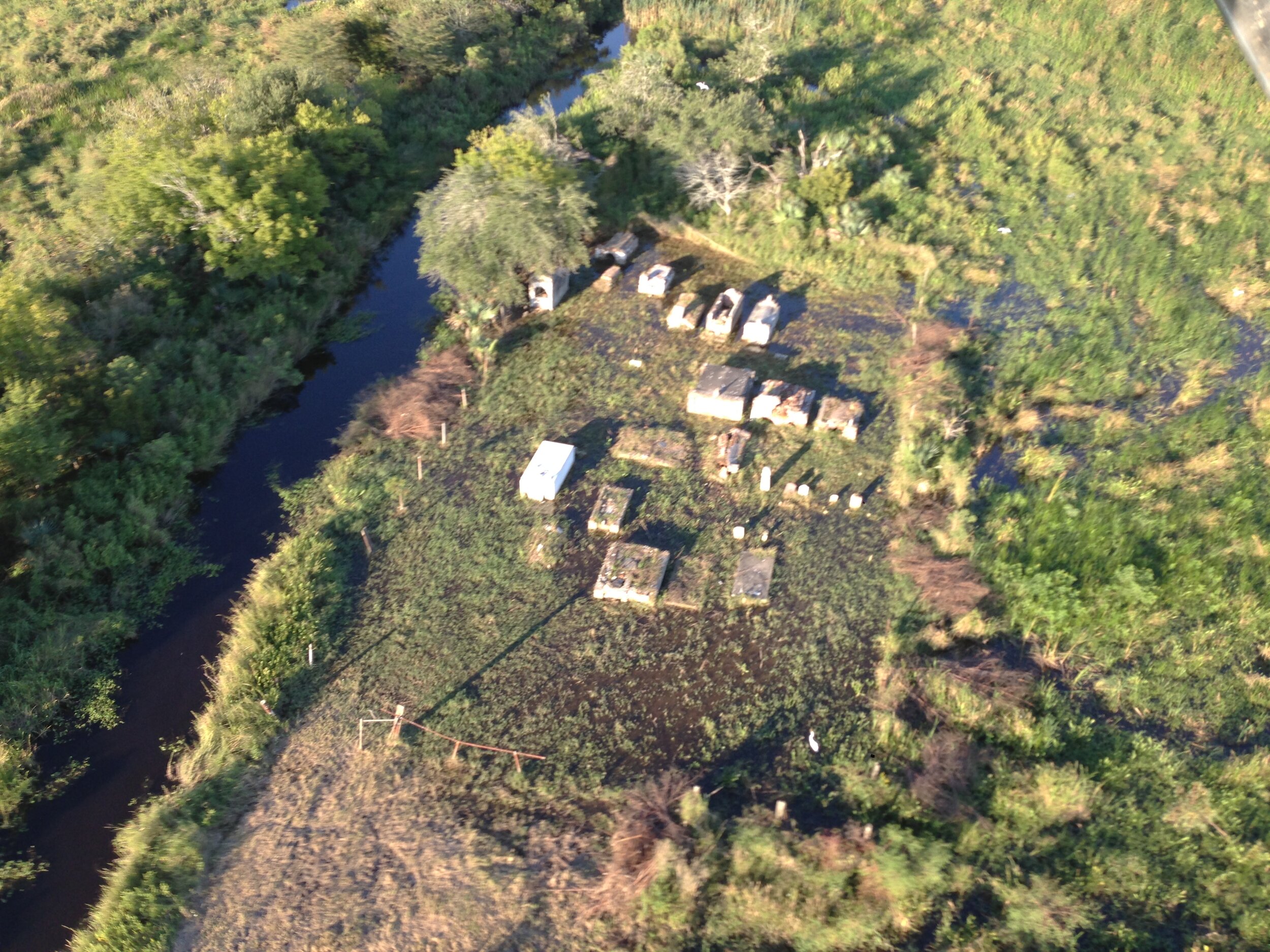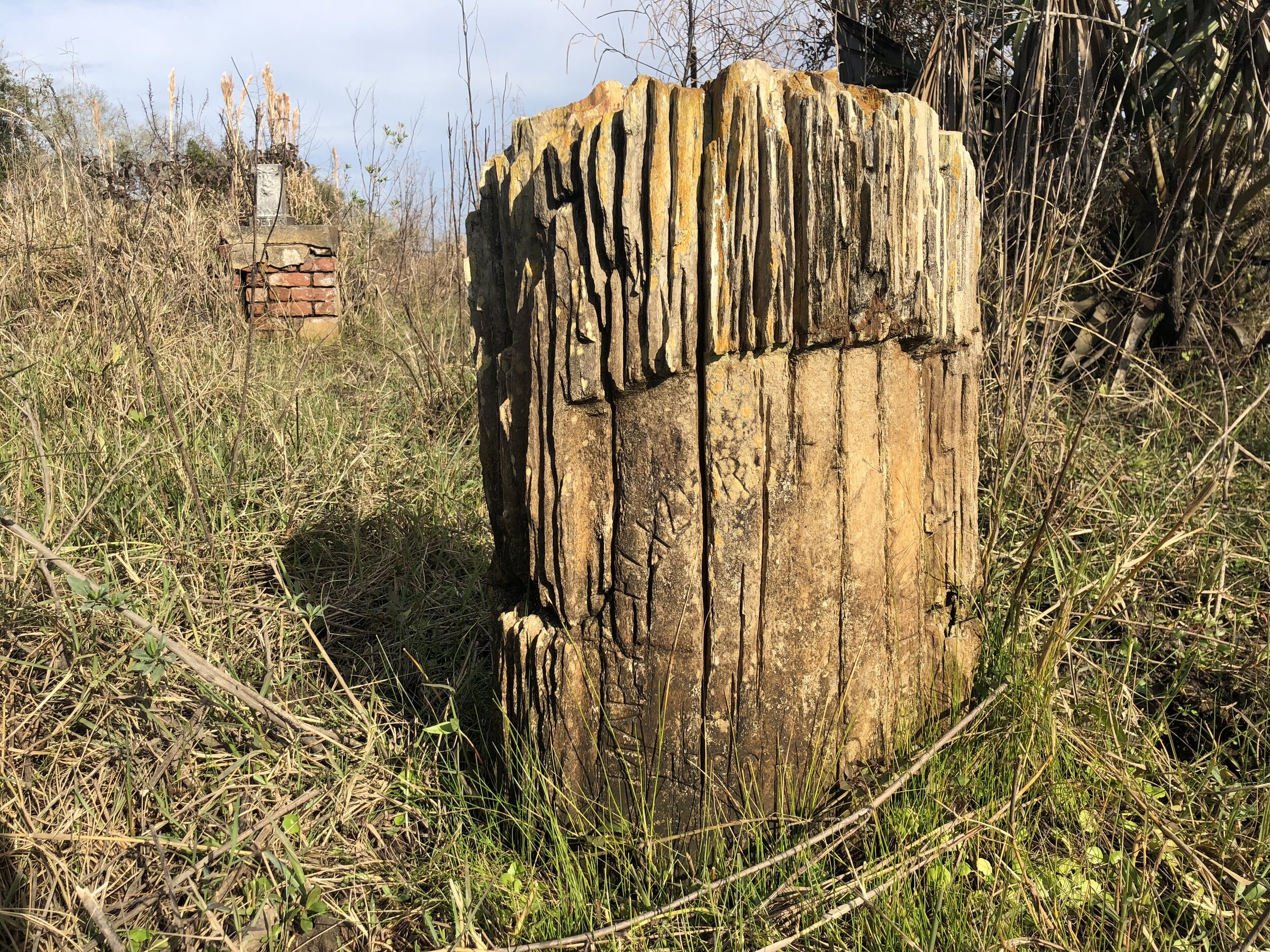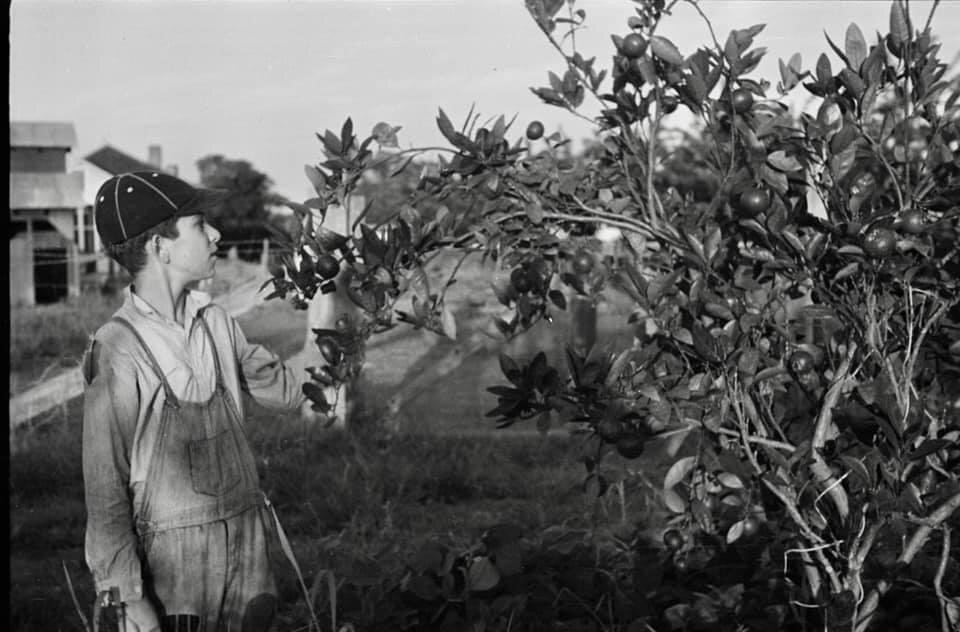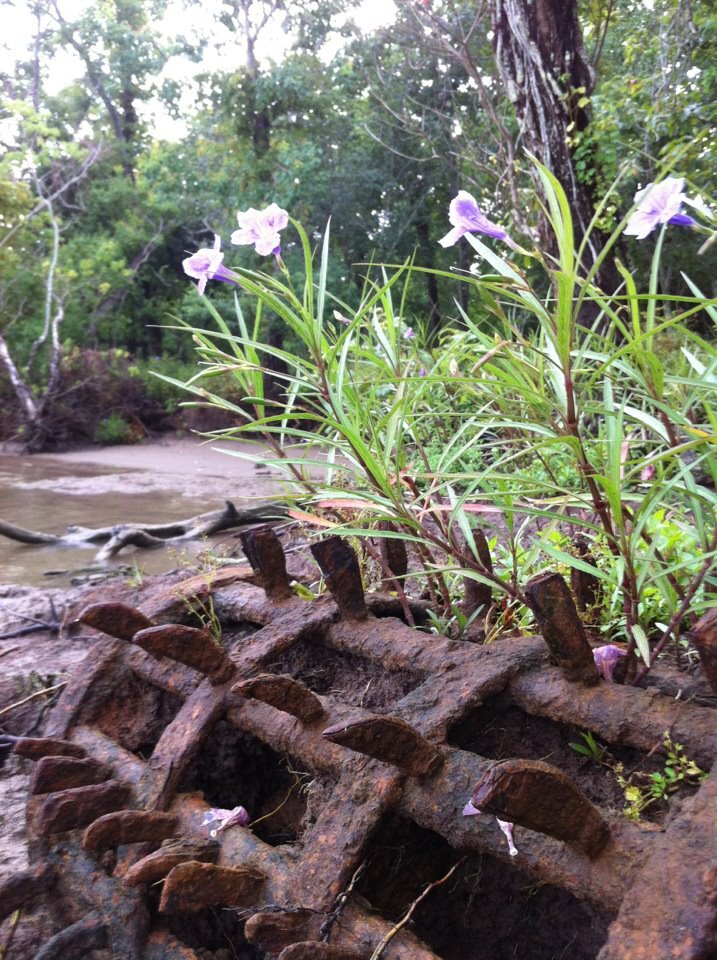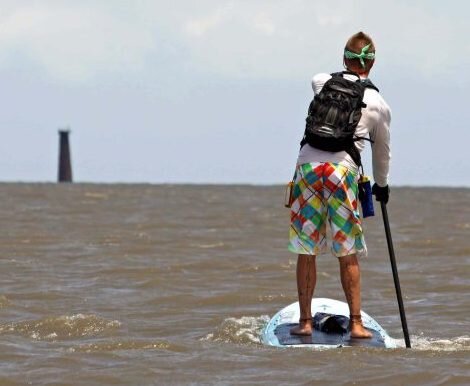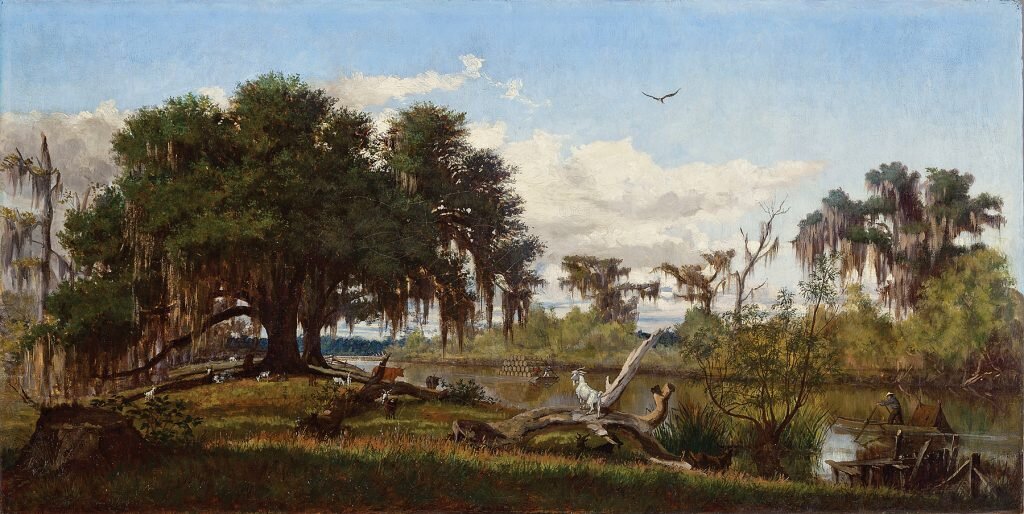Willet
Ask Google what the word Safari means and this is the response:
The Swahili word safari means journey, originally from the Arabic adjective سفر (safar) meaning a journey, traveling, touring or voyaging; the verb for "to travel" in Swahili is kusafiri.
You don’t have to travel to Africa to have a safari. The Mississippi River Delta offers incredible opportunities for spending the day on safari bird watching.
Our Birding Safari is the perfect way for birders to see dozens of species. We cover sixty miles over six hours and cross a variety of coastal sub types -from the Mississippi River itself, to barrier islands, and all the swamps and marshes between.
Brown Pelican
Volume and variety are the themes of the trip. The delta is an incredibly productive ecosystem that supports a wide variety of species. Countless birds call the delta home year round, pass through on migration, or spend time seasonally.
Our boat is the perfect platform for birding in the delta. It started as a commercial fishing boat in 1983. Built for the environments and conditions found in the delta, it went through a major refit in 2018. The large canvas and comfy seats make for a comfortable journey. The four-stroke outboard motor is quiet so we don’t spook the wildlife. Getting around from one major ecosystem to the next is quick. While the trip is long, we’re never too far away from the safety of a marina.
New Delta has a large canvas and comfy seats. It’s the perfect platform for birding in the delta.
A typical birding trip departs from Empire, Louisiana, about an hour south of New Orleans.
Most trips depart at 9:00am but you can see more birds by scheduling a trip that has us on the water at sunrise or sunset. Birdcast has a lot of useful information to help plan the timing if your trip.
We begin with a brief history of the delta and an overview of our route and safety equipment. We ease out of the harbor and enter Bay Adams where you may see some magnificent frigate bird, which spend summers in the delta. The frigate birds enjoy the seemingly endless oyster poles that let them roost easily. As the seasons change the frigate birds, which locals call “storm birds,” give way to thousands of double-crested cormorants.
Nearing the barrier islands the abundance of brown and white pelicans increases. At the islands terns, gulls, and shorebirds like willet, sanderlings, and plover abound. Occasional we spot pairs of American oystercatcher.
Black Skimmers near Venice, Louisiana. Photo credit: John Nolter
Shallow lagoons hold larger wading birds like roseate spoonbills. Their bright pink hues and shy temperament make them a real treat to see feeding.
As we get closer to the river and the elevation increases we usually see Osprey. It’s common to see one with a fish, or small nutria in its talons. As the landscape and ecosystems blend and change the birds change along with them. The overlaps are sometimes curious. Some species, like great blue heron, are versatile and can be found all around the delta, other birds, like the black skimmer, are specialized and require certain conditions.
Great blue heron
We stop about half way through the trip for a restroom break. You can bring a lunch to enjoy on the water or have lunch at the Venice Marina, a bustling recreational fishing marina. Around lunch, boats of all sizes come back to the dock to clean their catch.
After stopping for lunch we visit a cypress swamp. Prothonotary warblers can be found with their bright yellow plumage darting around the cypress trees.
Gulls on Pelican Island, a restored barrier island funded with Deepwater Horizon Fines.
As we head back upriver to our starting point through areas dominated by freshwater, waterfowl become the dominant species. Depending on the time of year you’ll see blue-winged teal, canvasback, and American coot.
In these areas that are building land more shorebirds can be found. White faced and glossy ibis are notable species in these new deltas.
Brown pelican
On the last stretch back to homeport we sometimes see bald eagles near some of the higher ground with more mature trees.
The Birding Safari is a great way to see thousands of individual birds and dozens of species in just a day. Having a guide allows you relax and take in the scenery. We love it when we can help you check another species off your list.
Here is a sample trip itinerary:
9:00am Meet at the Delta Discovery Center in Empire, Louisiana (directions)
9:15am After a briefing we depart. Encounter magnificent frigate bird, cormorants, and gulls in this stretch.
10:00 Arrive at barrier island chain where we will see pelicans gulls, terns, sanderlings, plover, and oystercatcher.
11:00 Arrive at lagoons where we will likely see wading birds, waterfowl, roseate spoonbills.
12:30 Arrive at the Venice Marina for lunch.
1:30 Enter the cypress swamp. During spring and fall migration it is common to see painted buntings, prothonotary warblers, and other neotropical birds
2:00 Enter new delta areas where scarlet ibis, other wading birds, and rafts of waterfowl are common.
2:30 Visit the BS-11 coastal restoration project. Lots of waterfowl are here seasonally.
3:30 Arrive back at starting point.









